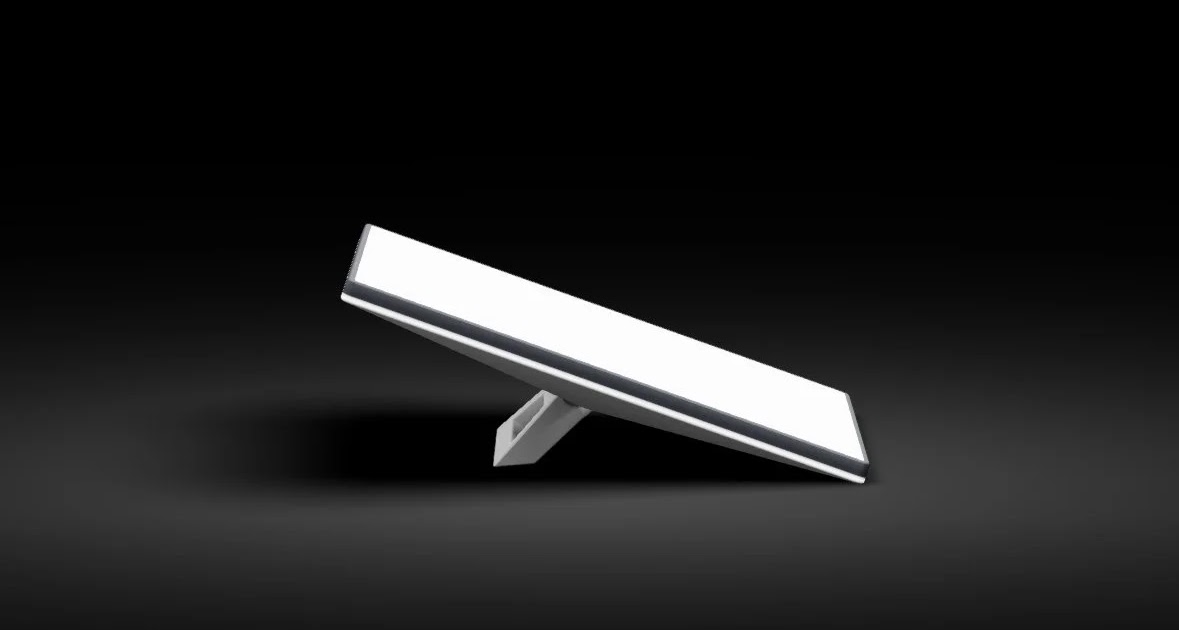Starlink Mini: The Ultraportable Space Internet Solution for Remote Work and Off-Grid Adventures

Starlink has revolutionized the way we connect, bringing high-speed internet to remote areas around the world. With the launch of the new Starlink Mini, SpaceX is pushing the boundaries of portable internet to new levels, offering connectivity for adventurers, van-lifers, hikers, and digital nomads who need to stay connected even off the beaten path. This compact, $599 device promises to deliver internet anywhere, bridging the connectivity gap in remote areas where cellular service and Wi-Fi fall short.
The Starlink Mini is designed with portability in mind. With the dish and Wi-Fi router combined into a single unit, it’s remarkably compact and lightweight, weighing just 2.56 pounds (1.16 kg). The entire setup can fit into a backpack with room left over for a laptop, solar panel, and power bank, making it an ideal companion for anyone looking to escape traditional workspaces without sacrificing connectivity. Whether you're setting up on a mountain, by a lake, or on a cross-country road trip, the Starlink Mini allows you to stay connected as long as you have a clear view of the sky.
Its sleek, rectangular design includes a removable kickstand for stability, and it’s so power-efficient that it can be operated with a 100W USB-C battery pack. This opens up a world of possibilities for portable, off-grid internet that was previously unimaginable with traditional, power-hungry satellite internet systems.
The Starlink Mini is designed for simplicity and quick deployment. Unlike previous Starlink models with motorized stands, the Mini requires manual positioning, which may sound limiting, but in reality, it’s straightforward. The Starlink app even helps guide you to the ideal positioning by displaying a target on your screen that updates in real-time. During testing, I found the Mini’s performance stable in a variety of orientations, as long as it was relatively flat and had an unobstructed view of the sky.
Setting it up is as easy as placing it on a flat surface or the roof of a vehicle and connecting it to a power source, whether a portable power bank, a solar generator, or a standard wall outlet. SpaceX has also developed a dedicated USB-C-to-5521 cable, sold separately, which maintains the Mini’s waterproof IP67 rating for outdoor durability.
Over a month of testing across five European countries, the Starlink Mini demonstrated impressive performance and resilience. Here’s a quick snapshot of what users can expect in various scenarios:
Stationary in Remote Areas: When placed on the roof of a vehicle or in a clearing, the Starlink Mini provided steady download speeds up to 250 Mbps and upload speeds up to 47 Mbps, more than sufficient for streaming, video calls, and remote work. Latency was low enough for most activities, although competitive gaming still faced occasional delays.
In-Motion Connectivity: Mounted on the dashboard or roof of a van, the Mini maintained a stable connection about 50% of the time, even while driving. Although the signal fluctuated in wooded or mountainous regions, it remained connected on clear roads and open terrain. This feature is a big advantage for travelers who need connectivity on the move.
Hiking with the Starlink Mini in a Backpack: Even when carried vertically, the Mini held a signal most of the time. Pausing briefly to position the dish horizontally in open areas helped maintain a stable connection, which was enough to stream video content in a forested area. This versatility makes it a unique option for adventurers who want to document or share their experiences live, even from the wilderness.
The Starlink Mini performs remarkably well given its size, achieving download speeds close to traditional broadband in many stationary settings. While slightly slower than larger models, it’s still fast enough to handle multiple devices—ideal for digital nomads and remote work setups.
Power consumption is another standout feature. During testing, the Mini used between 12W and 50W, depending on activities like streaming or data-heavy tasks. The average consumption of 30W means it can run on battery power for extended periods without draining resources, an essential feature for off-grid scenarios.
Wi-Fi Range: Since the Mini combines the router and dish into a single unit, the Wi-Fi range is more limited than Starlink’s standard dish setup. While it’s sufficient for small spaces like a van or tent, the signal may struggle to reach further distances. SpaceX does offer an RJ45 port for connecting an external router if additional range is needed, though this adds to the setup’s complexity and weight.
USB-C Power Dependency: To maximize portability, users need a 100W USB-C power bank. Starlink sells a dedicated cable to maintain the device’s IP67 rating, which is crucial for waterproofing. Unfortunately, this cable is relatively short at 5 meters, making it tricky to position in larger setups or vehicles.
Vulnerability to Weather: While the Mini’s compact form factor is a plus, it’s also more prone to environmental factors like high winds. Securing it when left outside is advisable, especially during extreme weather.
Unpredictable Heating Mode: In rare instances, the Mini may enter a heating mode even in mild weather, consuming more power. This can be managed by disabling automatic heating in settings, but it’s worth monitoring if energy conservation is critical.
The Starlink Mini is available in the U.S. for $599, with prices varying globally. Service plans start at $50 per month for 50GB of data or $165 per month for unlimited data, with the option to pause the service when not in use. This flexibility makes Starlink Mini accessible to occasional users who may only need it for specific travel periods or projects.
With its focus on energy efficiency and portability, the Starlink Mini is ideal for those who want an internet connection wherever they go without committing to a long-term plan. For anyone working remotely or documenting travels in remote locations, this pricing structure offers affordability and freedom.
Compared to the standard Starlink dish, the Mini’s performance is slightly reduced, but the portability and convenience are unrivaled. The standard dish is ideal for static setups with heavy data demands, but the Mini’s compact size and ease of deployment make it a winner for those constantly on the move or with limited space.
While professional gamers or those needing ultra-fast upload speeds might want to look at the more powerful Starlink models, the Mini proves that space internet can be both powerful and portable.
The Starlink Mini redefines portable satellite internet, combining powerful connectivity, extreme portability, and energy efficiency. For travelers, digital nomads, and outdoor enthusiasts, it’s the ultimate tool for staying connected without the traditional limitations of cellular networks or Wi-Fi hotspots. Its portability is unmatched, while its user-friendly design ensures that anyone, regardless of tech expertise, can stay online, making it a milestone in mobile connectivity.
This ultraportable solution is a perfect match for the growing demand for remote, flexible work setups. Starlink Mini opens up countless possibilities for where and how we can stay connected, all while pushing the boundaries of satellite technology. For those ready to embrace a lifestyle without boundaries, Starlink Mini is the device that truly makes space internet go anywhere you go.

By redesigning packaging, exploring reusable models, investing in smart tracking, and leveraging the VDC model for execution, beverage manufacturers can reduce their environmental footprint while boosting their brand relevance and operational resilience.

Even the most capable in-house IT teams often fall short when it comes to minimizing downtime. While Managed Services solve much of the downtime problem, the VDC model supercharges it with flexibility, scalability, and domain-specific expertise.